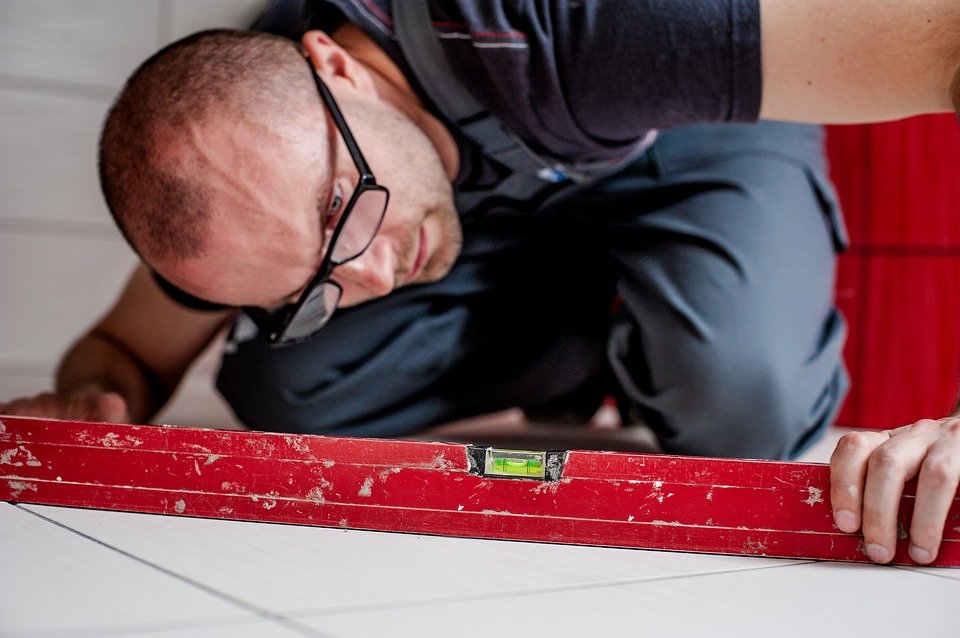Boosting staff buy-in of lone worker safety solutions
Ian Johannessen, managing director of Peoplesafe, offers his advice on how to encourage compliance.
Providing your lone workers with safety solutions is one thing, but ensuring they are used can be quite another.
If you’re yet to make a decision around which lone worker safety solutions to invest in, then you’re in a great position to encourage employee buy-in from the start. Involving your staff when making decisions will help encourage compliance as they will feel a sense of ownership. Ask for their input and feedback, and use consultations with them as an opportunity to highlight the importance of embedding health and safety culture into the workplace. Address any concerns or worries early.
If you have already implemented devices, but they are not being used properly, then you need to understand why and break those barriers down. If you know what’s stopping your employees from using your devices, then you know where to start to solve the problem.

For example, do they have worries about setting them off by accident, or concerns around how to use them? Do the devices fit properly? Do they understand why they need to use them in the first place? It’s really important to be responsive to concerns by taking them seriously and addressing them quickly.
Make sure staff are aware of the risks they face as lone workers, using examples specific to what they do in their job roles, and explain why you are asking them to carry the devices. This should also help with staff relations and retention, as they will feel more valued by knowing that you care about their welfare.
Employees need to know what is expected of them when it comes to health and safety, so communications need to be kept clear and concise. Constructing a Q&A document about the devices and their usage, and making it available to staff through relevant communication channels, can be an effective way of distributing information and addressing any queries they may have. Policies are necessary, but they are not always the best way of getting through to people.
Have you ever heard the saying ‘do as I say, not as I do?’ Champion the devices or applications and lead by example. Management buy-in of all levels is crucial as it demonstrates to employees that protecting lone workers is important to their company and their job roles.
Consider identifying influential members of the team and appointing them as ‘health and safety champions’. Pick someone popular amongst their co-workers and task them with leading by example and being an advocate of the device.
You could also ask them to report back any feedback they hear ‘on the ground’ from colleagues, whether positive or negative. This is all constructive, as it will alert you to any issues that need tackling, or in the case of positive feedback, reassure you that what you are doing is right.
Health and safety culture needs to be embedded within an organisation and staff need to be set examples from above, so never underestimate the role that management plays in doing this. And it goes without saying that if you are to encourage your staff to use a device, you need to be confident and knowledgeable about using it yourself.

If employees don’t know how to use a device, then they won’t use it. And when training staff in how to use them, it’s important to communicate why they are needed. Lone workers need to feel they are using the devices to help themselves, not simply so they can be spied on from above. After all, no-one wants to feel they are working for Big Brother.
Your chosen supplier of lone worker safety solutions should offer training as part of the service, including annual refreshers. Take advantage of this, and don’t be afraid to ask if you have any questions yourself. If you’re not fully clued up, you can’t expect your staff to be.
If employees are worried about making mistakes, or don’t understand the point of the devices, they will be less likely to use them – so investing time and effort in helping staff get to know the product will pay off.
Understand how much devices are being used and you will know if, and where, improvements need to be made. Monitor their usage and effectiveness, and identify any gaps or patterns so you can take a more targeted approach to fixing them.
Finally, take advantage of developments in the market that allows you to supervise lone worker system usage from a smart phone. Without the need to sit in front of a computer every time you need to know where staff are, you can keep track of activities effectively and efficiently.

Ian Johannessen is managing director at Peoplesafe.
Boosting staff buy-in of lone worker safety solutions
Ian Johannessen, managing director of Peoplesafe, offers his advice on how to encourage compliance. Providing your lone workers with safety
Safety & Health Practitioner
SHP - Health and Safety News, Legislation, PPE, CPD and Resources
Related Topics
Drug and alcohol testing in a UK airport environment
Unleashing the power of emerging technologies in EHS
Passing the baton – Meet the 2024 IOSH President



